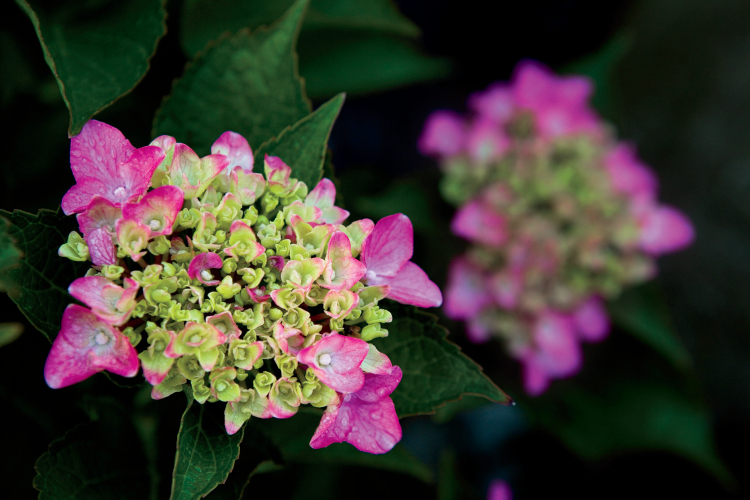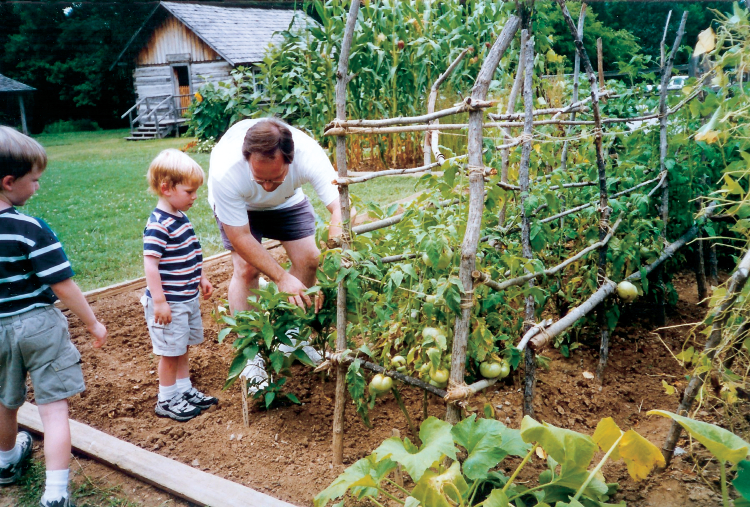Home > Lifestyle > Garden > Young Sprouts: Great Gardening Projects for Kids
Young Sprouts: Great Gardening Projects for Kids
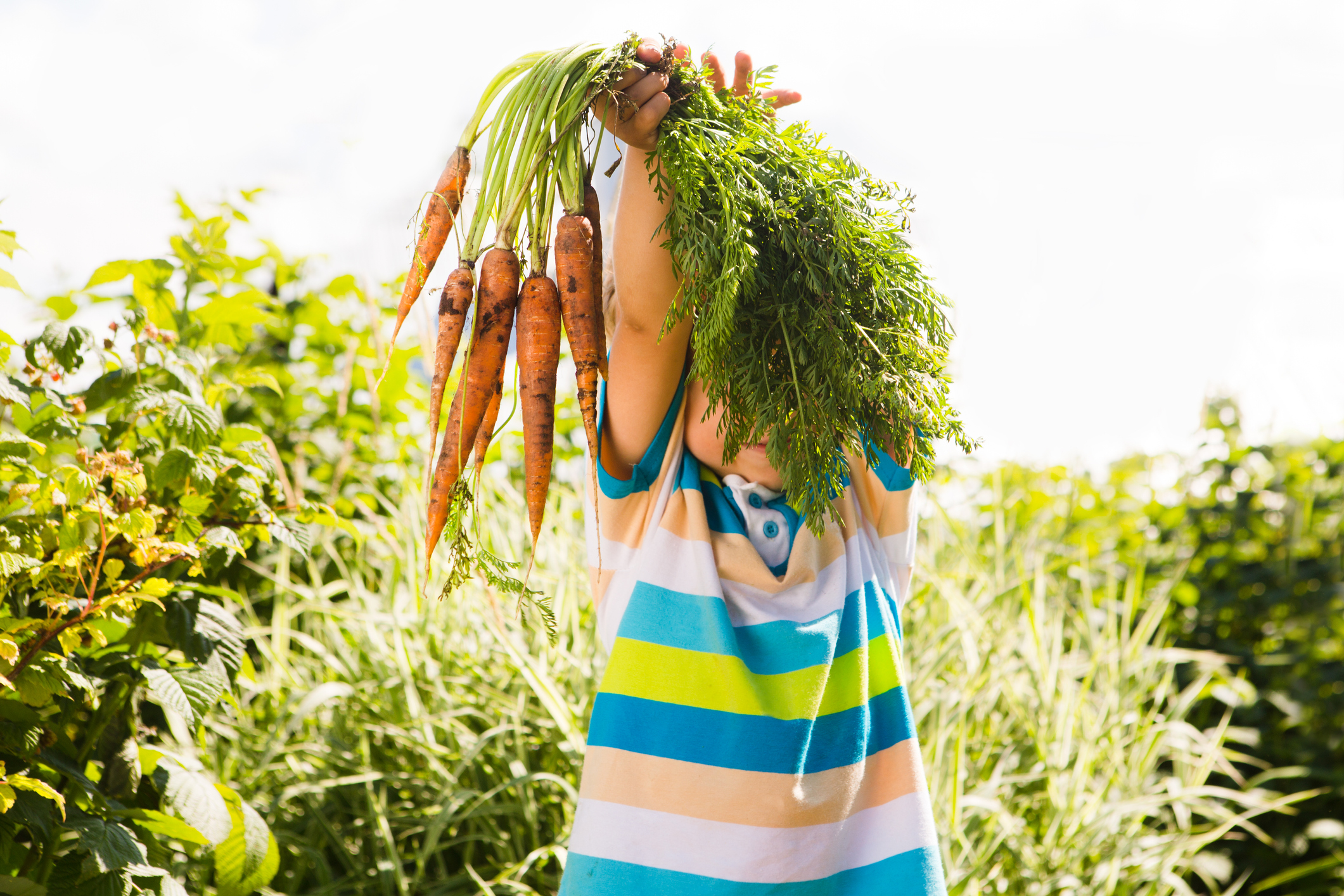
Adults are not the only ones who reap the rewards of gardening. America’s favorite hobby is also great for kids.
Recently, while doing some research with New York City’s Brooklyn Botanic Garden and its 90-year-old children’s program, I documented what I already suspected: Children harvest a lot more than vegetables and flowers from a garden.
Gardening helps kids learn many important life lessons and skills. Patience and responsibility are two examples. Kids also learn the rhythms of nature. They experience joy when seeds sprout and accept loss when things go awry.
Oodles of projects are in vogue for gardening with kids. My favorites are the sunflower house and the private garden. Both projects can still be started this year – if you get started now.
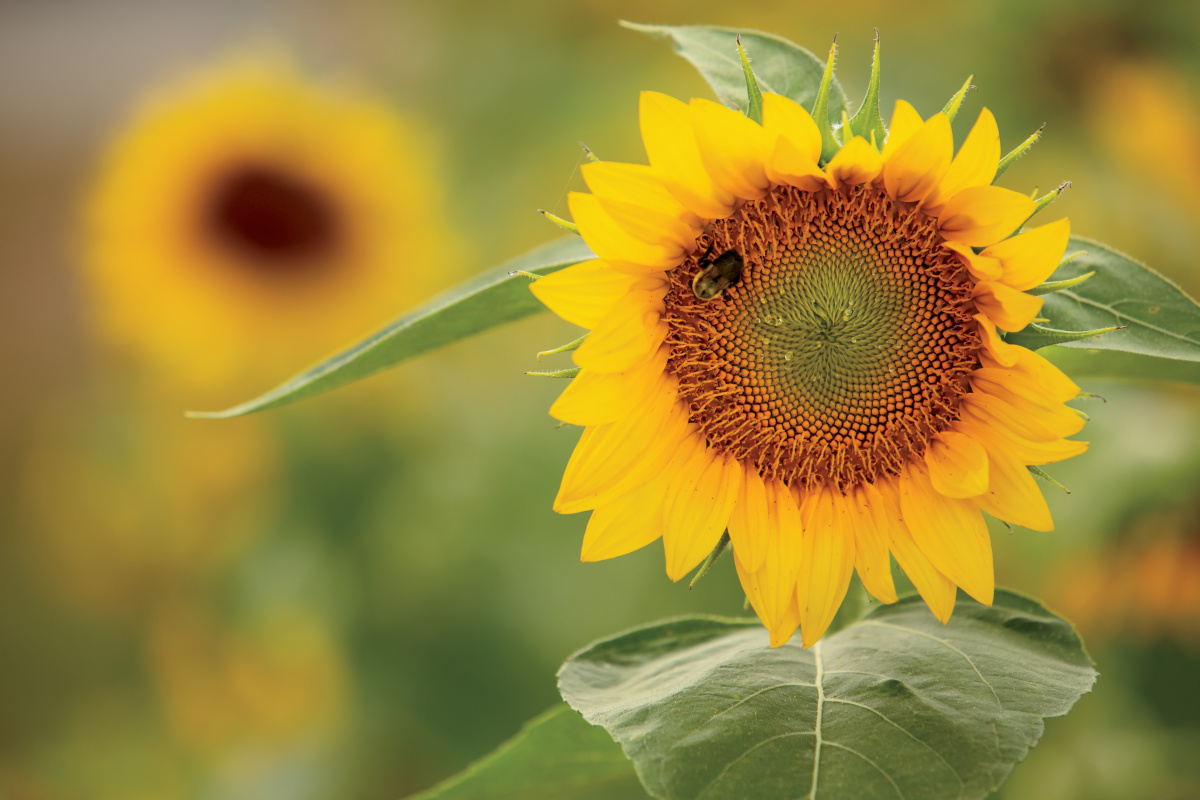
A sunflower house
Unlike Jack’s beanstalk, sunflowers won’t mature overnight. But they do grow quickly. Youngsters delight in measuring their inch-by-inch progress. As a bonus, sunflowers can be grown into a living structure in which children can play.
To grow a sunflower house, plant sunflowers in a circle or square. Use a variety of sunflowers, ranging from the giant Russian Mammoth to dwarf and multi-blooming types like Teddy Bear. The house boundaries can be as small as 5 feet by 5 feet or as large as 14 feet by 14 feet. Plant the sunflowers about 2 feet apart, leaving a 4-foot opening on the south end of the house to serve as an entrance.
Intersperse climbing vines like sugar snap peas and morning glories among your sunflowers. By midsummer, the vines should grow to the top of the sunflowers and then connect to create a living roof. Stock the house with outdoor toys, tables and play equipment.
Your children will love their house outdoors, especially if they have participated in planning and cultivating it. Read Sunflower House, written by Eve Bunting and illustrated by Kathryn Hewitt, to enhance the experience. The story illustrates the many wonderful things that can grow from one seed.
See more: How Sunflowers Helped One N.C. Farm Diversify
A private garden
Kids delight in private gardening space. Let your child’s garden be separate from the family garden. Make it more special with its own special sign, like “Alex’s Garden.”
At the Brooklyn Botanic Garden, the children’s garden is fenced and no adults – except instructors – are allowed inside.
Another key to gardening success with children is to start small. A 3-foot-by-6-foot raised bed enclosed by timbers can grow a lot of produce and flowers and is easy to reach from all sides. Container gardening can also be fun. My children started with tomatoes, squash and peppers grown in containers on our patio.
Plan your child’s private garden or containers by cutting out pictures of flowers and veggies that suit your allotted space. (Seed catalogs are a good source for pictures.) Limit the possible selections to hardy and fast-growing plants, and let your child pick his or her favorites.
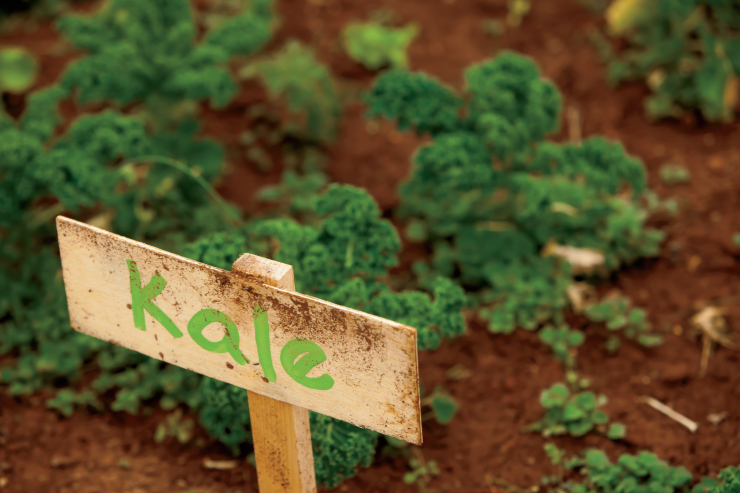
Using index cards, have your child draw a picture of each plant. Laminate the pictures and attach them to wooden craft sticks for use as markers. For real personalization, the labels could read “Susie’s tomatoes” or “Johnny’s sunflowers.”
Next, let your child help prepare the soil. Kids identify “getting dirty” without restrictions as their favorite aspect of gardening, so let them dig with small shovels or trowels. Let them break clumps by hand or by “stomping.”
Starting a garden from seed is fun, but June is a bit late to start vegetables. This year, try sunflowers, zinnias and marigolds. Seeds started outdoors now should flower in September. June also is not too late for transplanting bedding plants.
Whether using seeds or transplants, accept that your child’s garden won’t have straight rows or evenly spaced plants. Let youngsters plant on their own, unless they ask for help.
You should also stay out of the way during watering. Children love to water – particularly with the hose at full force! Remind them that rain usually falls a little more gently. A personalized sprinkling can is a good idea for younger children.
Fun and more fun
In addition to providing opportunities for planting, tending and playing, your child’s sunflower house or garden can be a source of many fun projects.
Try making a scarecrow or playmate. Hammer two narrow boards into a cross and use old clothes to make and dress the body. Fashion a head from an old stuffed tee shirt; a rubber band around the bottom will make a neck and keep the head round.
Help your child keep a journal. Record what was planted and when, any problems, numbers of flowers or fruit produced, and anything else that catches your child’s attention.
Use the fruits of their labors. Display cut flowers around the house. Press or dry flowers for arrangements. And, most importantly, eat their produce. Help youngsters choose recipes for sampling their crop and let them help cook when possible. Gardening can expand your kids’ palates, and canning or freezing their produce can serve as a reminder of success in the off-season.
Finally, use gardening to teach compassion. Have your children share their surplus with a food bank or a neighbor. If you choose, they can also learn a little capitalism and financial responsibility by selling some of their surplus to kind adults.
The real fruit of the labor
If these projects seem too grandiose, plenty of opportunities exist for gardening on a smaller scale. My children were fascinated by watching a broken philodendron stem sprout roots in a glass of water. Both of them often remind me of how our thriving houseplant once had no roots and only one leaf. Better yet, this project happened with almost no effort on my part.
Finally, listening to my children’s ideas as they tend their gardens has helped me guide their personal growth. Botany, history, recycling and composting, math, art and literature are all growing amongst their flowers and vegetables.
I’ll see you in the garden with your kids.
Looking for more information on children’s gardens? To help you get started, check out kidsgardening.org.
Dr. Sue Hamilton, director of the UT Gardens, writes the gardening column for Tennessee Home & Farm.




